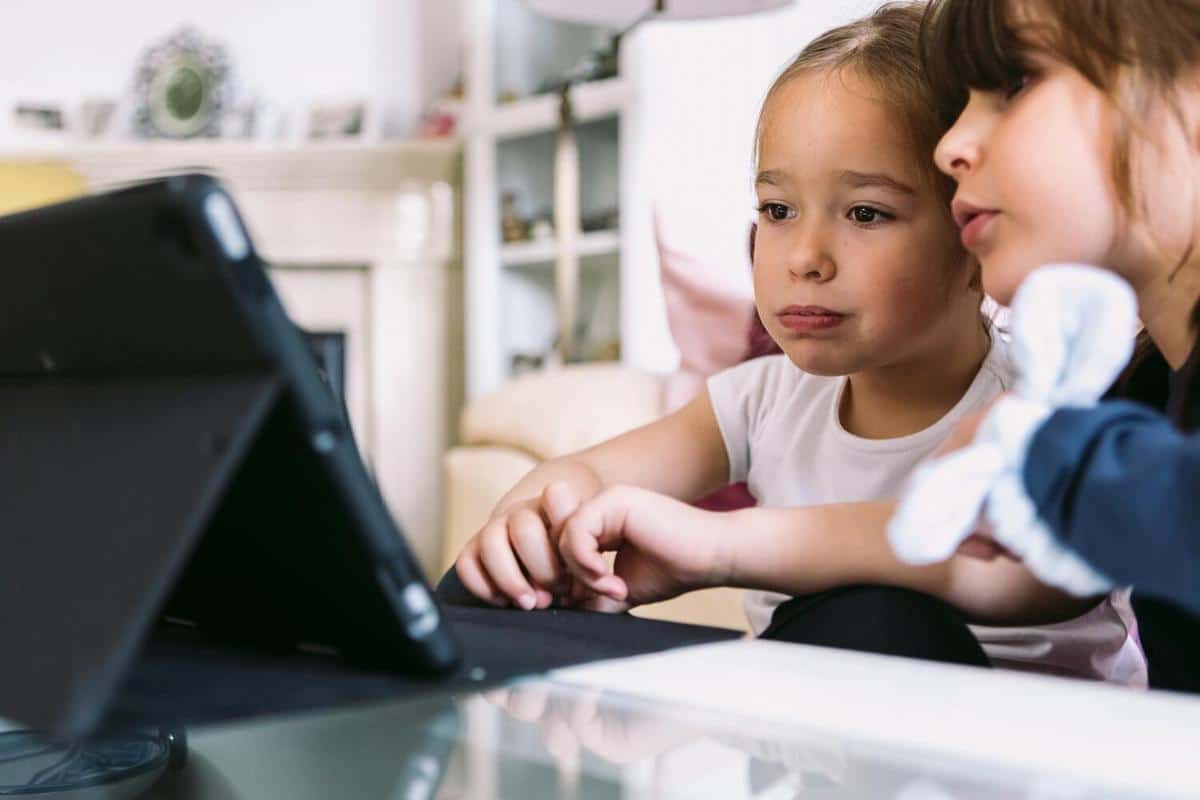
The Role of Social Media in Child Development
Social media has woven itself into the fabric of everyday life, influencing various aspects of our daily routines, including the way children grow and develop. As digital parenting becomes more prevalent, understanding the role social media plays in child development is crucial for guiding young minds in a digital age.
With the rapid advancement of technology, children are increasingly exposed to social media platforms from a young age. This exposure can have both positive and negative impacts on their development. Let’s delve into the different facets of social media’s influence on children.
Social Media’s Influence on Cognitive Development
Social media can be a double-edged sword in terms of cognitive growth. On one hand, platforms offer educational content that can enhance learning. For instance, children can access videos and articles that broaden their knowledge base. According to a study by the Pew Research Center, over 45% of teens use social media for educational purposes, indicating its potential as a learning tool.
Social Skills and Emotional Growth
Interacting with peers online can help improve children’s social skills. Social media offers a platform for expressing emotions and sharing experiences, which can foster empathy and understanding. However, it is essential to monitor these interactions to prevent exposure to cyberbullying or inappropriate content. Child psychologist Dr. Laura Markham suggests setting boundaries and discussing online behavior regularly with children.
Physical Health Considerations
While social media has its perks, excessive screen time can negatively affect physical health, leading to issues such as sleep disturbances and reduced physical activity. The American Academy of Pediatrics recommends limiting screen time to ensure children maintain a healthy balance between online and offline activities.
Pro Tip:
Navigating the Challenges
Parents play a crucial role in guiding children through the digital landscape. Here are some actionable tips to help:
- Set time limits for social media use to ensure a healthy balance.
- Encourage open communication about online experiences.
- Use parental controls to monitor content and safeguard privacy.
- Be a role model by demonstrating responsible social media use.
Social Media Platforms and Age Appropriateness
| Platform | Recommended Age | Features |
|---|---|---|
| YouTube Kids | 4+ | Parental controls, age-appropriate content |
| 13+ | Photo sharing, direct messaging | |
| 13+ | Social networking, community groups | |
| Snapchat | 13+ | Photo sharing, stories |
| TikTok | 13+ | Short-form videos, music content |
| 16+ | Messaging, voice, and video calls | |
| 13+ | Microblogging, news sharing | |
| 13+ | Image sharing, idea boards |
Conclusion
Social media undeniably plays a significant role in shaping children’s development. By understanding its impacts and setting appropriate boundaries, parents can help their children navigate the digital world safely and effectively.
Frequently Asked Questions
How does social media affect children’s mental health?
Social media can impact mental health by influencing self-esteem and body image, but it can also provide support networks and foster a sense of belonging.
What is the recommended age for children to start using social media?
Most social media platforms set the minimum age at 13, but it is important for parents to assess their child’s maturity and readiness.
How can parents ensure their child’s safety on social media?
Parents can use parental controls, set privacy settings, and maintain open communication about online safety.
